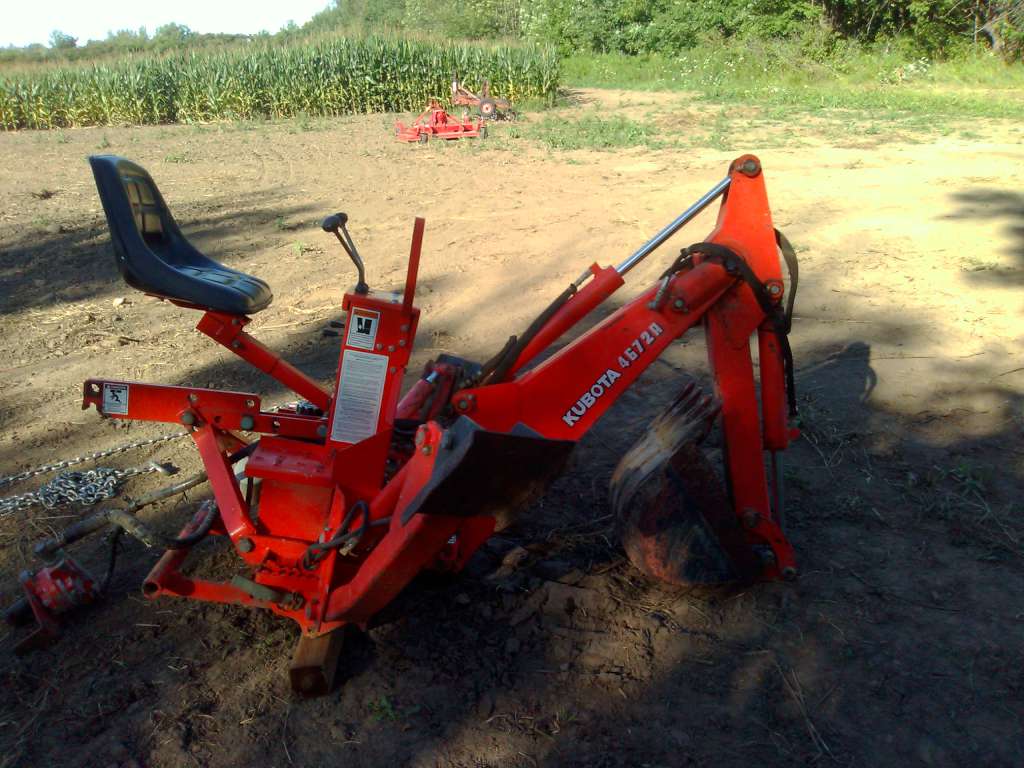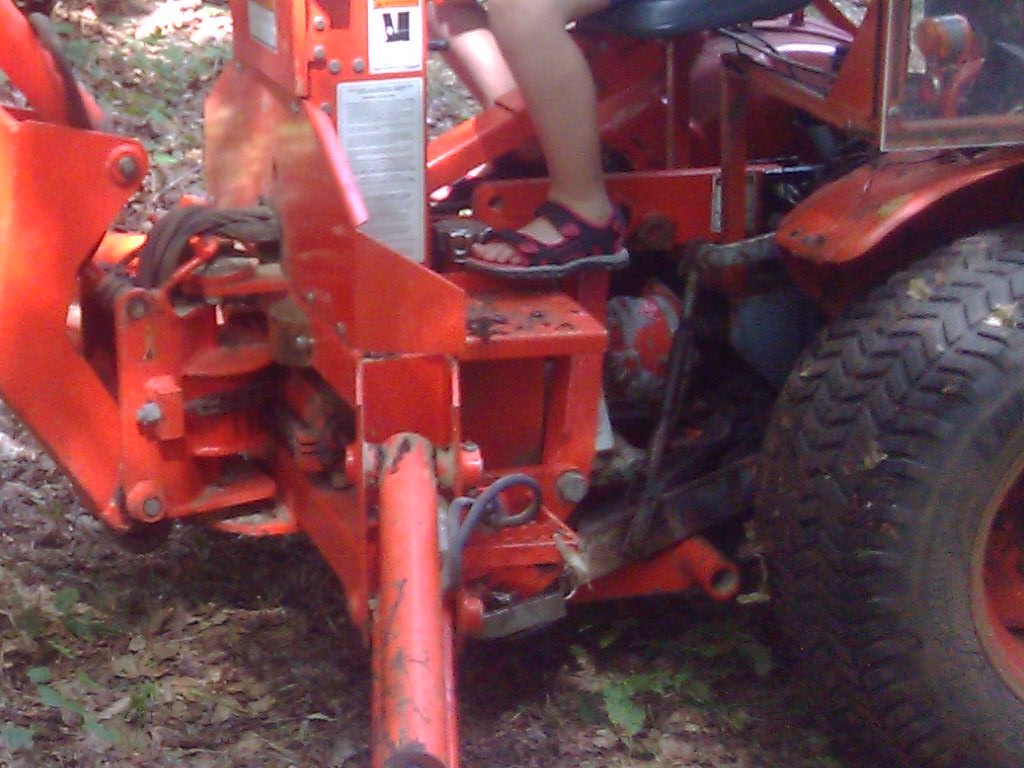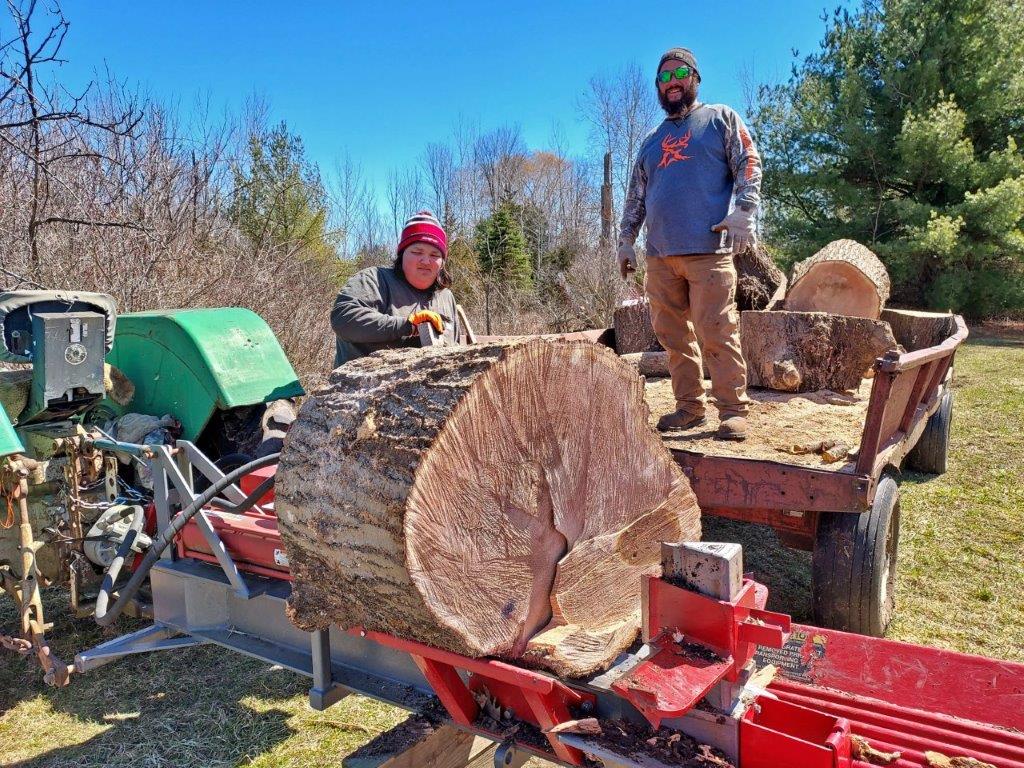jkim13
ArboristSite Operative
Wow.... You are totally misunderstanding what I am talking about..The picture you posted shows what I am talking about. That BH can never be lifted by the 3PH.
View attachment 995121
The top bar (Kubota calls that a "mast") goes to the immovable upper mounting point of the 3PH on the tractor. It is braced to the normally movable lower links of the tractor's 3PH. Because of the braces, the upper link cannot rotate and therefore the lower links can never be raised, no matter how much lifting capacity the tractor has.
Of course, the braces have to be set to suit the tractor. There are usually multiple holes in the mast and braces to allow adjustment to a particular machine. From the downward slope on the mast in your picture, I would guess that BH was set up for a tallish tractor. A smaller tractor, lower to the ground, would have the mast held at a more horizontal angle.
Of course, even if the angles were right for the particular tractor, if it was too heavy then the tractor would be trying to do a wheelie when you drove. But that's a function of the tractor's weight, not lifting capacity.
Anyway, it's all water under the bridge now. If it didn't work for you then it doesn't really matter why. I was just curious if your BH had some unusual mount that I'd never seen before.
I am not talking about built-in backhoe like this.

There is no need to lift. Right?
But this 3 point hitch.

Let me ask you a simple question.
How do you transport a backhoe once attached to the 3 point hitch on the tractor?
It must be lifted by a 3 point hitch. correct?
That is what I am talking about.
Jkk








